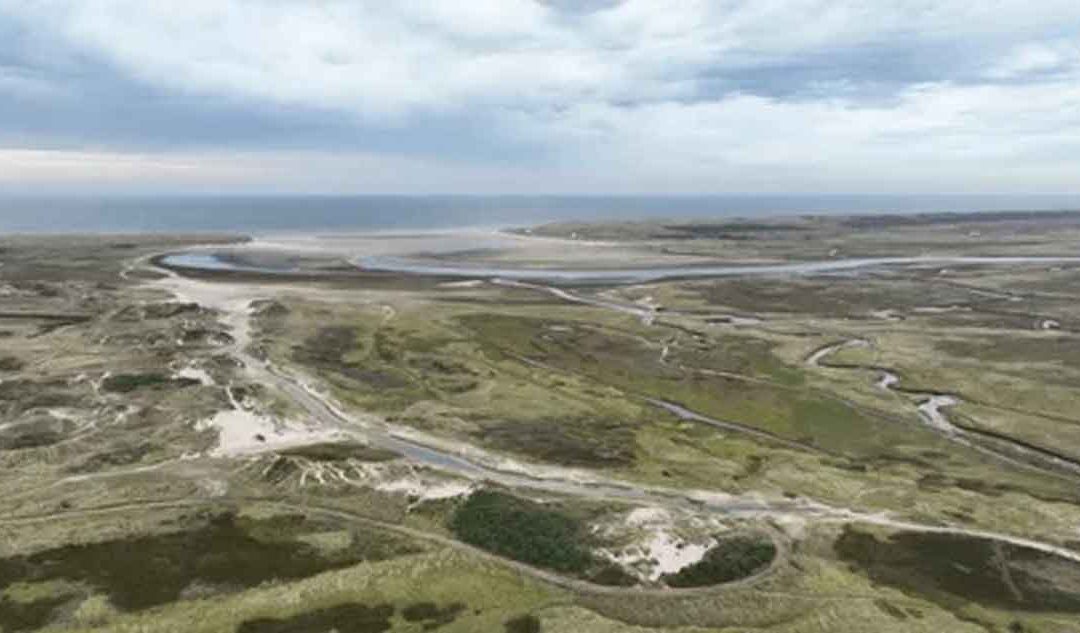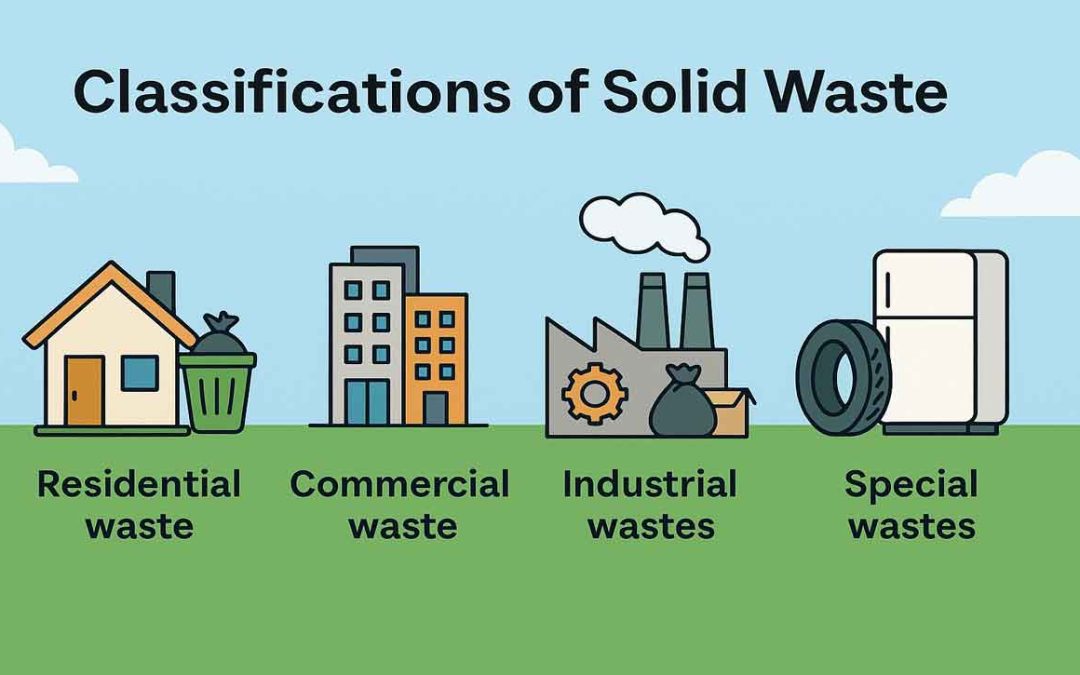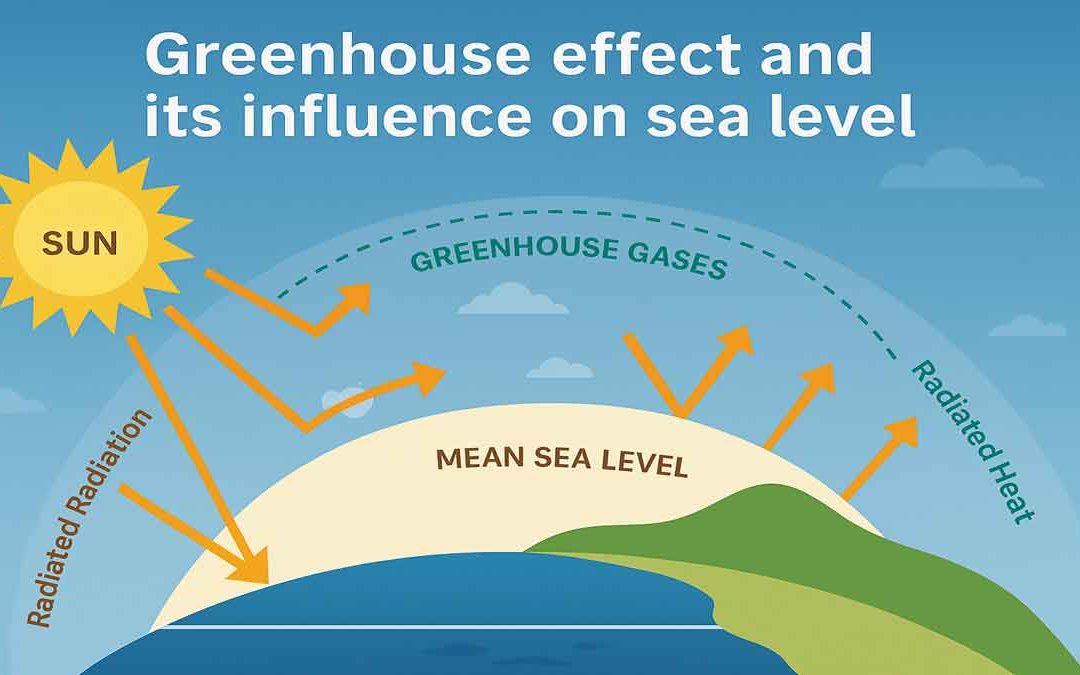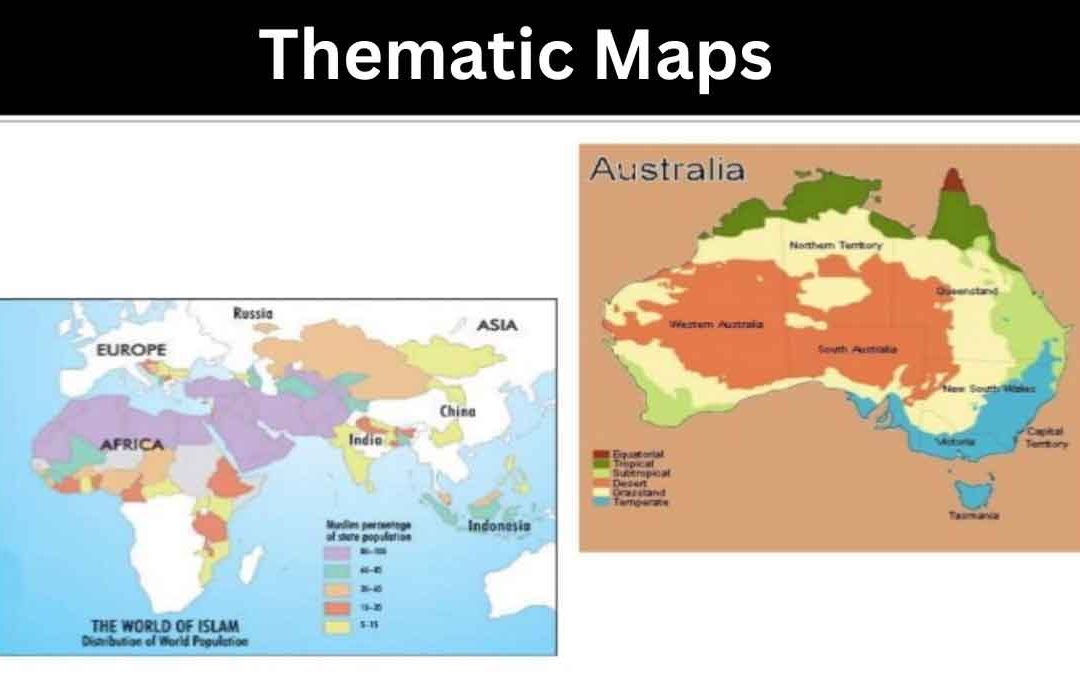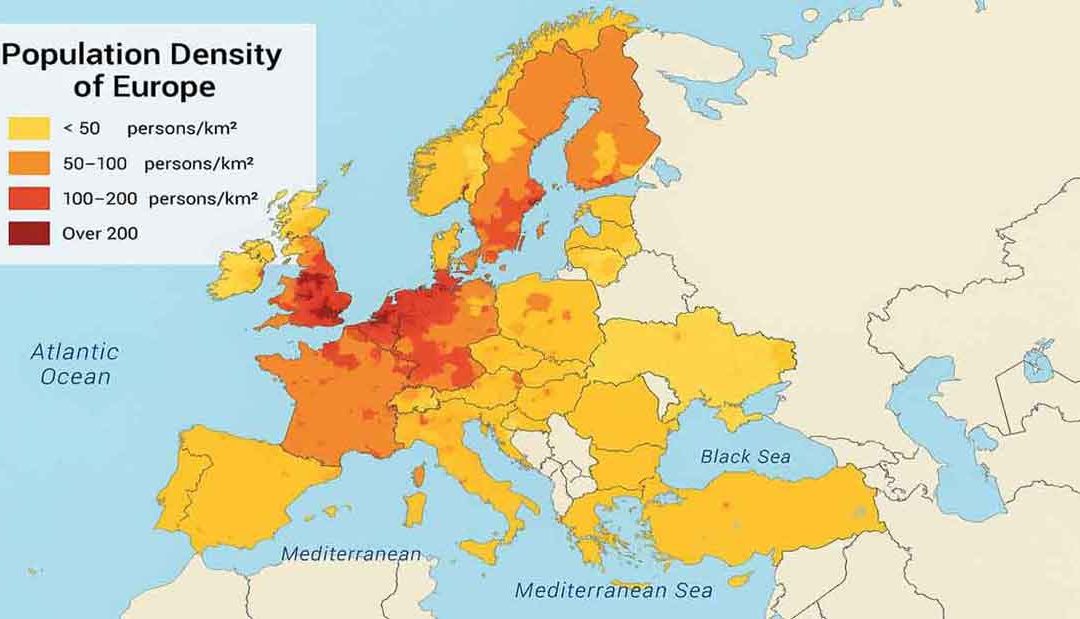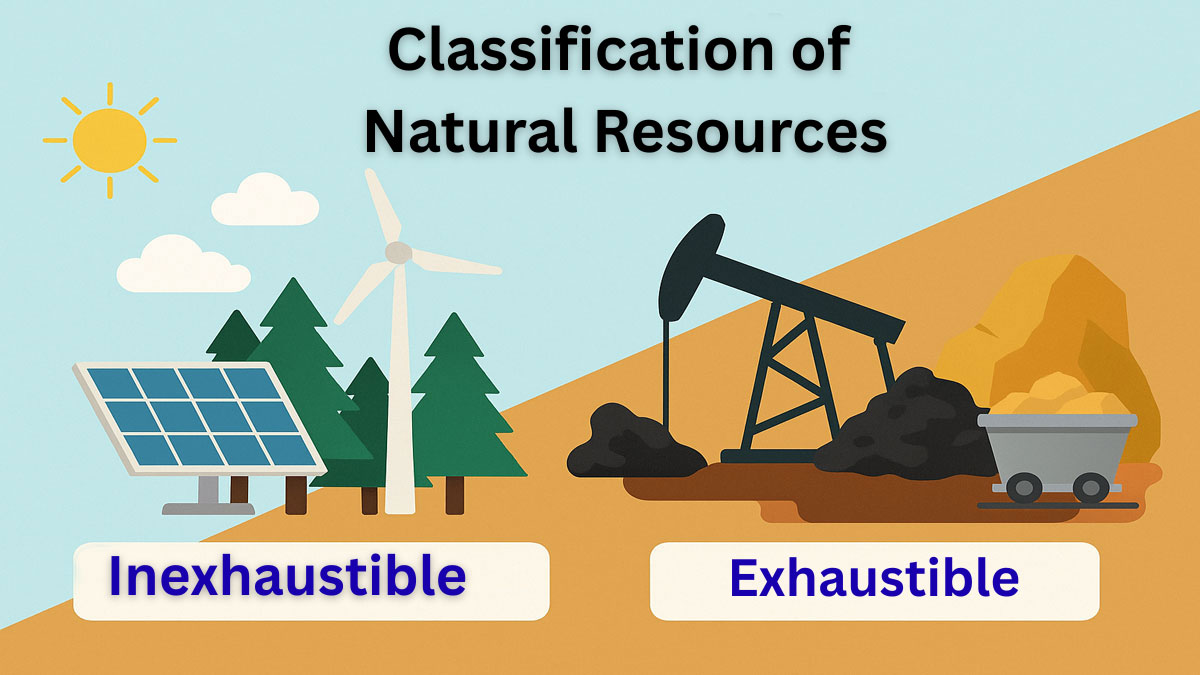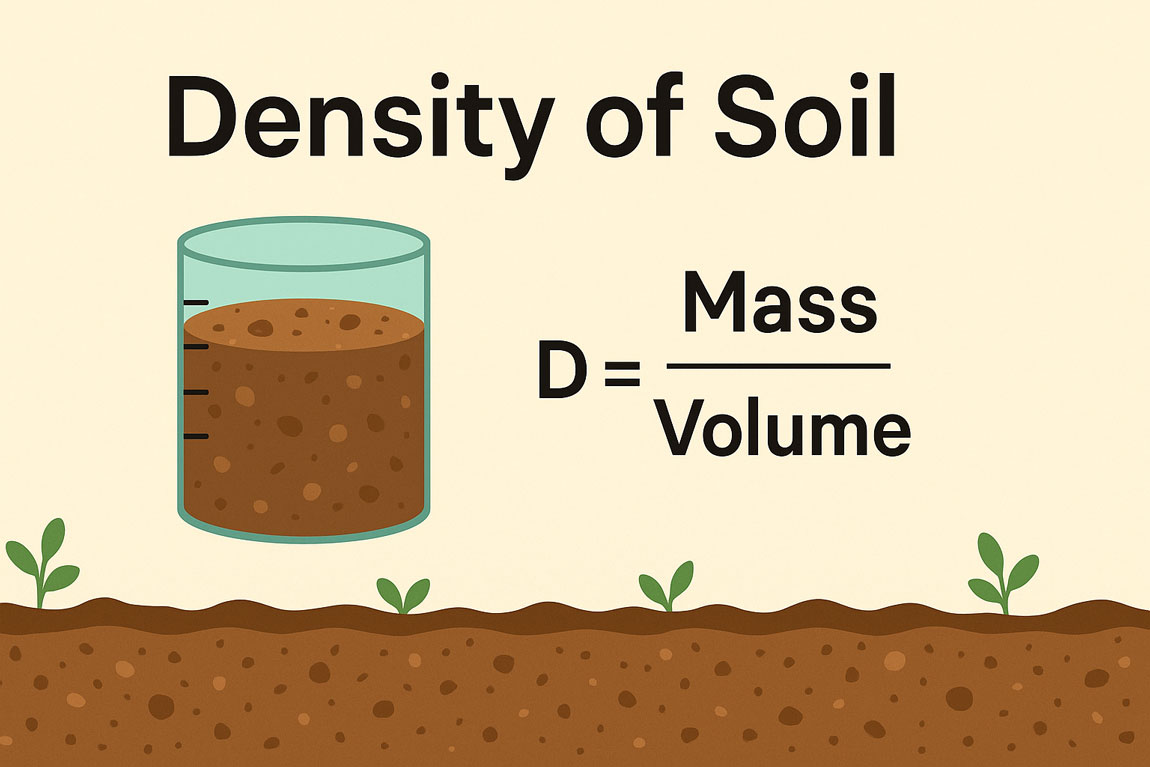
by Gelogia Team | May 2, 2025 | Physical Geology & Geomorphology
Coastal Plain: A coastal plain is a flat, low-lying piece of land adjacent to the coast. It is free from wave action. Coastal plains are separated from the rest of the interior by nearby land areas, such as elevated upland or hillocks and mountains. The land surface...

by Gelogia Team | Apr 30, 2025 | Physical Geology & Geomorphology
Solid waste characteristics and quantities currently generated and expected to be generated within the facility’s service area are available. Proper WTE facility planning requires a reliable database. Such data are necessary, not only for determining the current...

by Gelogia Team | Apr 28, 2025 | Physical Geology & Geomorphology
Municipal solid waste (MSW) typically refers to solid or semi-solid discarded materials resulting from industrial, commercial, agricultural, institutional, and residential operations, but does not include solids or dissolved materials in industrial or domestic sewage...

by Gelogia Team | Apr 27, 2025 | Physical Geology & Geomorphology
There are some gases that absorb infrared radiation (IR) from the sun and radiate heat in all directions. These gases are called greenhouse gases. Greenhouse gases in the Earth’s atmosphere absorb IR from the sun and release it. The Greenhouse Effect: Both solar heat...

by Gelogia Team | Apr 23, 2025 | Physical Geology & Geomorphology
Thematic maps present geographic data through visual techniques, allowing patterns, distributions, and relationships to emerge clearly. They effectively communicate complex spatial information using color, symbols, and density representations. Types of Thematic Maps:...

by Gelogia Team | Apr 21, 2025 | Physical Geology & Geomorphology
Thematic maps are especially designed to show a particular theme connected with a specific geographic area. They can portray physical, social, political, cultural, economic, sociological, agricultural, or any other aspect of a city, state, region, nation, or...
